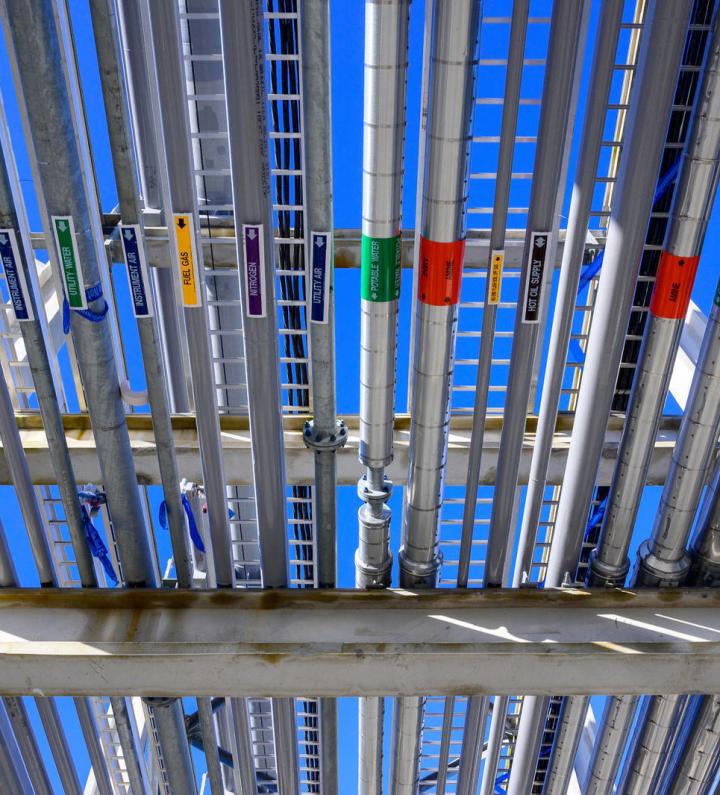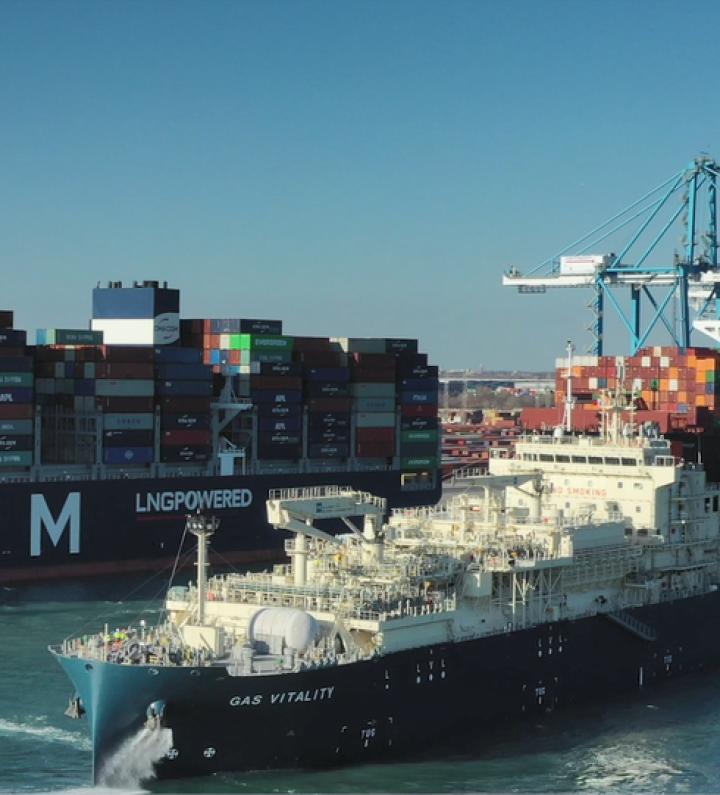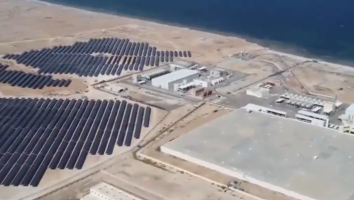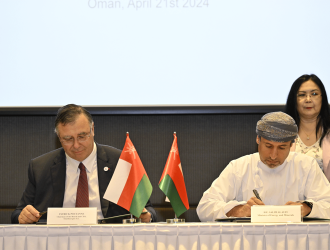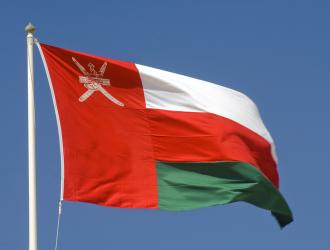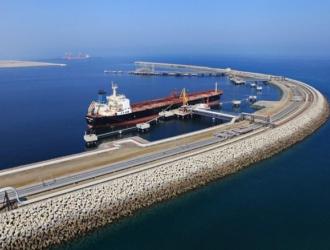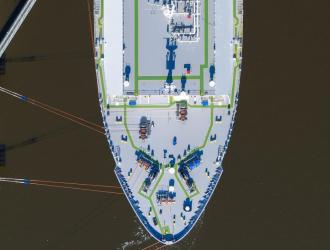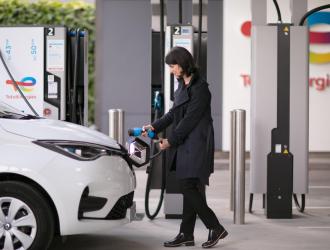04/26/2024
Green light for the Marsa LNG project in Oman! On April 21, 2024, TotalEnergies and OQ (Oman National Oil Company) announced the final investment decision for the Marsa LNG project, which will be capable of producing one million tons of liquefied natural gas (LNG) per year, mainly for the shipping sector.
In Oman, TotalEnergies is addressing the challenge of offering liquefied natural gas as a marine fuel. In 2021, TotalEnergies signed an agreement with the Sultanate of Oman to create the Marsa LNG joint venture (TotalEnergies 80% - OQ 20%), with the aim of producing natural gas from Block 10 and developing a low-carbon-intensity liquefaction plant in the port of Sohar, powered by renewable electricity, with a capacity of one million tons of LNG per year.




